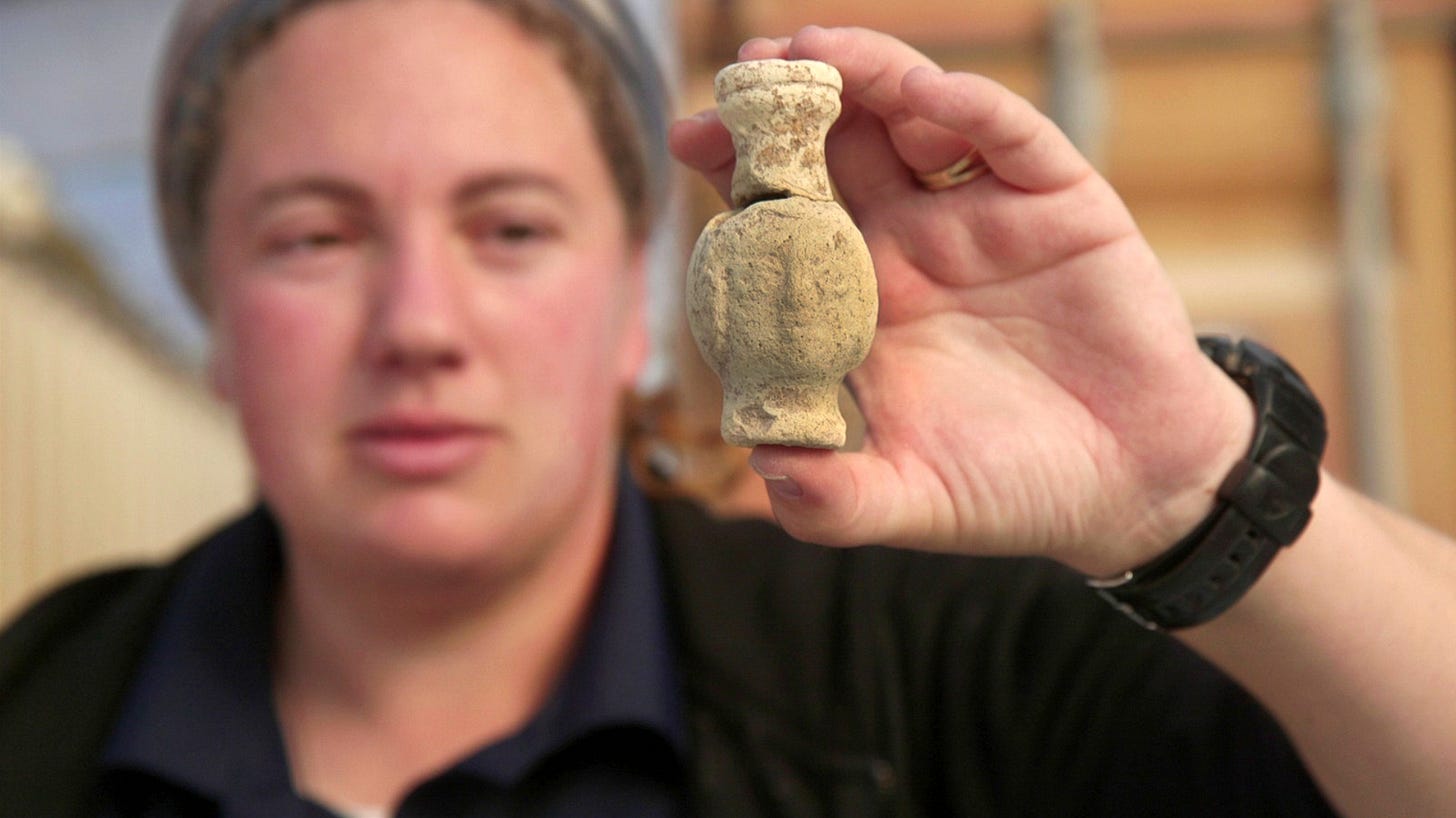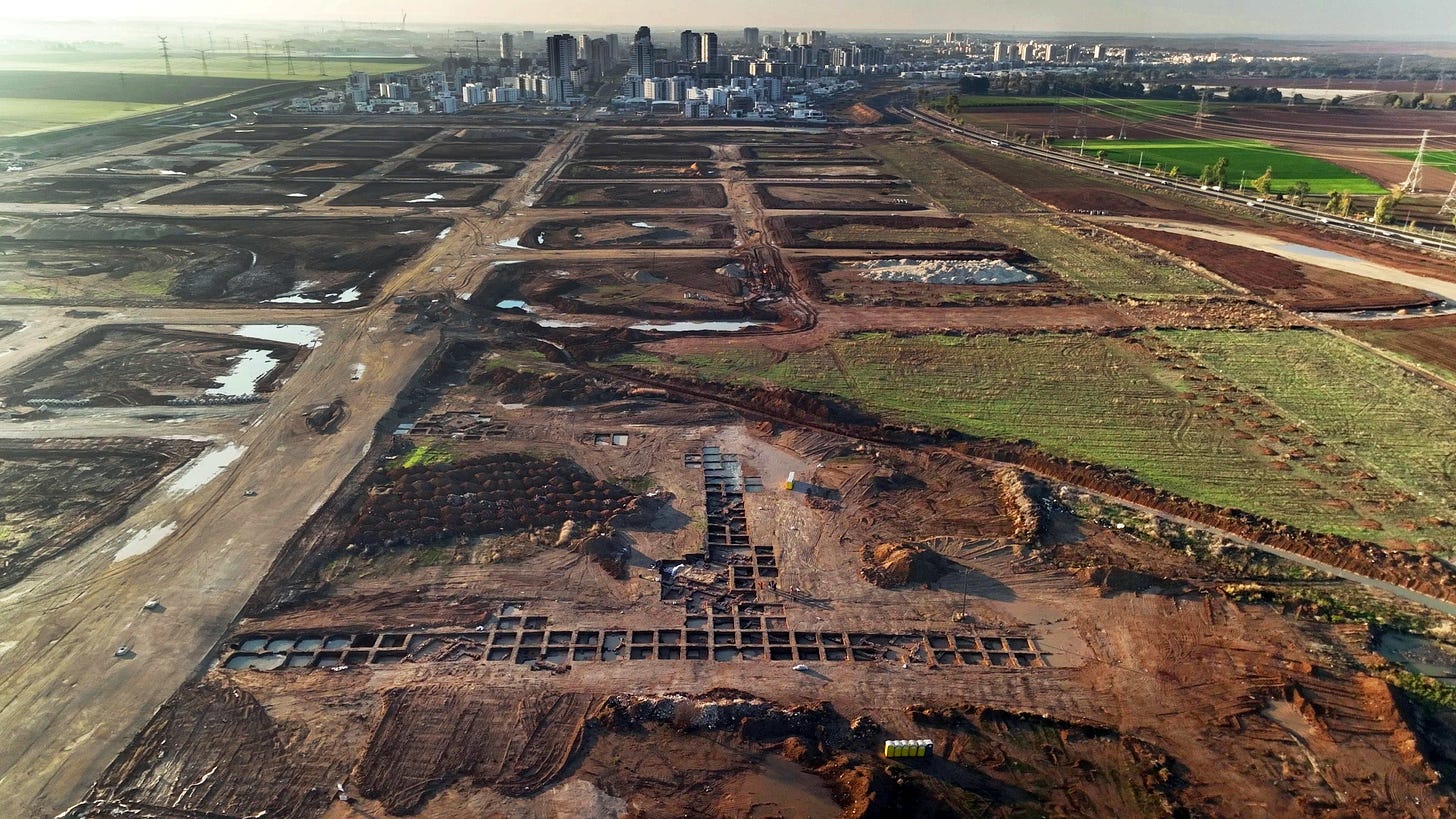Lost holy site discovered after 1,500 years with a boozy surprise
The ancient monastery blessed all visitors with a Biblical passage
A LOST holy site that bestowed blessings on all visitors has been discovered after 1,500 years – and it’s got a boozy surprise.
The ancient monastery was unearthed near Kiryat Gat, Israel, and boasts “one of the most unique mosaics ever found” in the Holy Land.
Quoting Deuteronomy 28:6, the mosaic honours visitors with its inscription, “blessed are you when you come in, and blessed are you when you go out”.
It’s a blessing that lived up to its word when archaeologists discovered a winery at the site, described as “very sophisticated” by the Israel Antiquities Authority (IAA).
Excavation manager Shira Lifshitz said: “Around the monastery, we have a very large wine press, which produced wine that was sent both throughout the country, and to the other side of the Mediterranean sea.”
It was rebuilt and repaired several times over the years, according to the IAA, and featured mosaic-tiled fermentation rooms and collecting vats, decorated with blue and white stones.
Video courtesy Emil Aladjem/IAA
These “indicate that building and developing this winery involved significant financial resources, time, and a range of professional work and effort,” the authority said.
The monastery was similarly grand, with its mosaic floor depicting crosses, lions, doves, flowers and geometric patterns, as well as an amphora – ancient pottery which often carried wine.
Its Biblical blessing was written in Greek.
“The mosaic discovered in Kiryat Gat is one of the most unique ever found in Israel,” said Mark Avrahami, head of artistic conservation at the IAA.
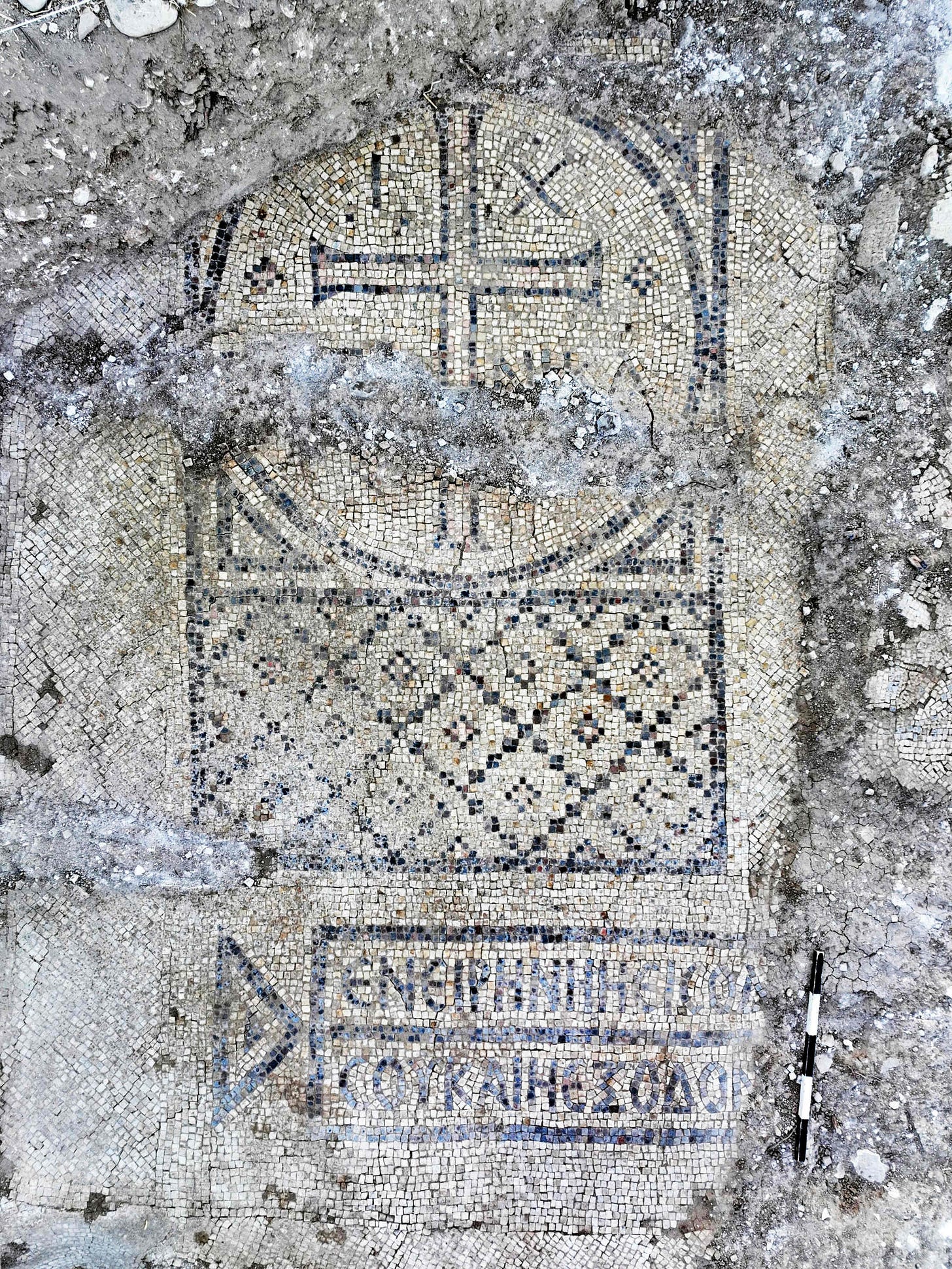
The excavation has uncovered at least 10 buildings now, including a large warehouse.
The monastery and winery date back to the fifth or sixth centuries.
But the settlement of which they are a part is much older, and lasted some 600 years, from the Roman to the Byzantine period.
RELATED ARTICLES
Do these ruins prove the Bible TRUE?
Shroud of Turin 'does NOT show face of Jesus'
Does this church hide the 'entrance to the underworld' of Zapotec legend?
“Throughout the whole time, this was a very rich settlement,” said Lifshitz and Maayan Margulis, her co-manager.
“The early settlement is sited on a central road junction connecting the mountain region to the coastal plain.
“It apparently served the area’s smaller settlements as well as travellers passing by.
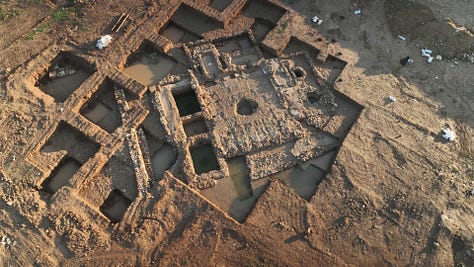


“This is the largest and most significant Roman and Byzantine period site uncovered in this area.”
A variety of artifacts found at the site attest to its wealthy past.
These include coins, marble elements, metal and glass vessels, and high quality toys.
The excavation takes place ahead of the construction of a new neighbourhood.
Svetlana Talis, southern regional director at the IAA, said the finds would now be relocated.
She said: “The discovery of the site highlights the historical richness of Kiryat Gat and its surroundings, shedding light on the centrality of the region in antiquity.
“The mosaic floor will be relocated to an open area in the city and made accessible to the public.”
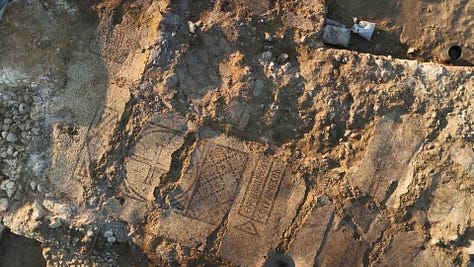
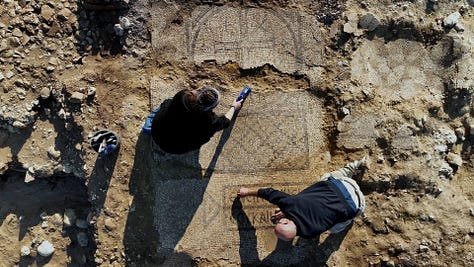
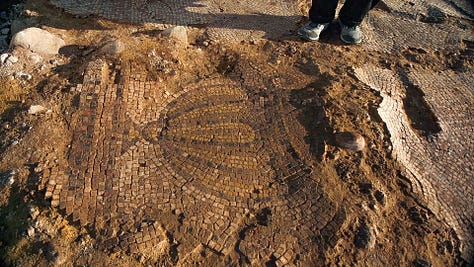
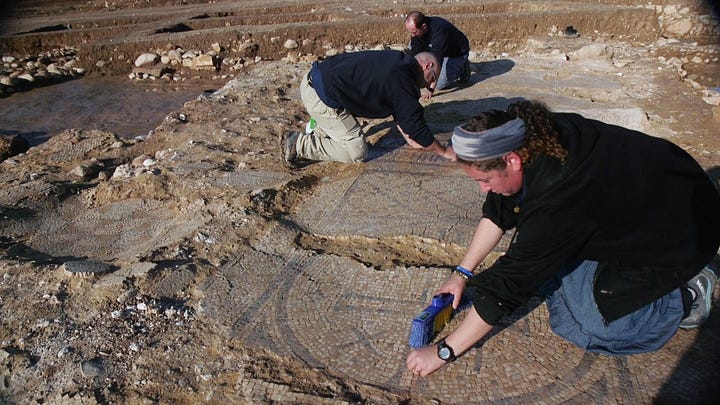

Avrahami added: “Transferring mosaics is a complex process that requires great skill and precision.
“Soon, the ancient mosaic will be moved to the IAA’s mosaic workshop for preservation before being displayed in the city.”
The new neighbourhood will be called Karmey Gat North.





